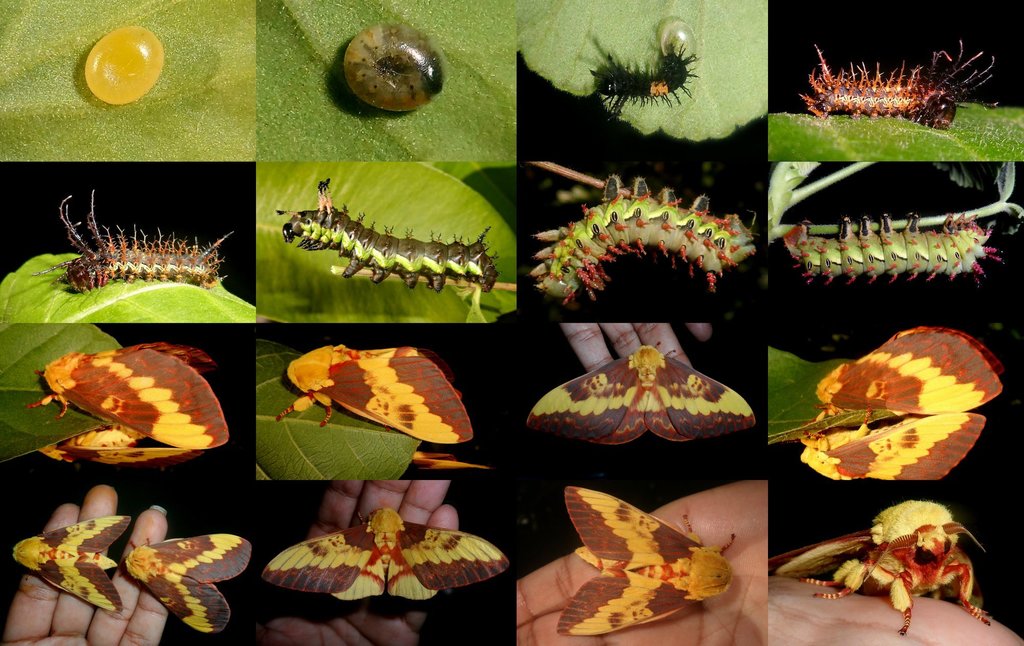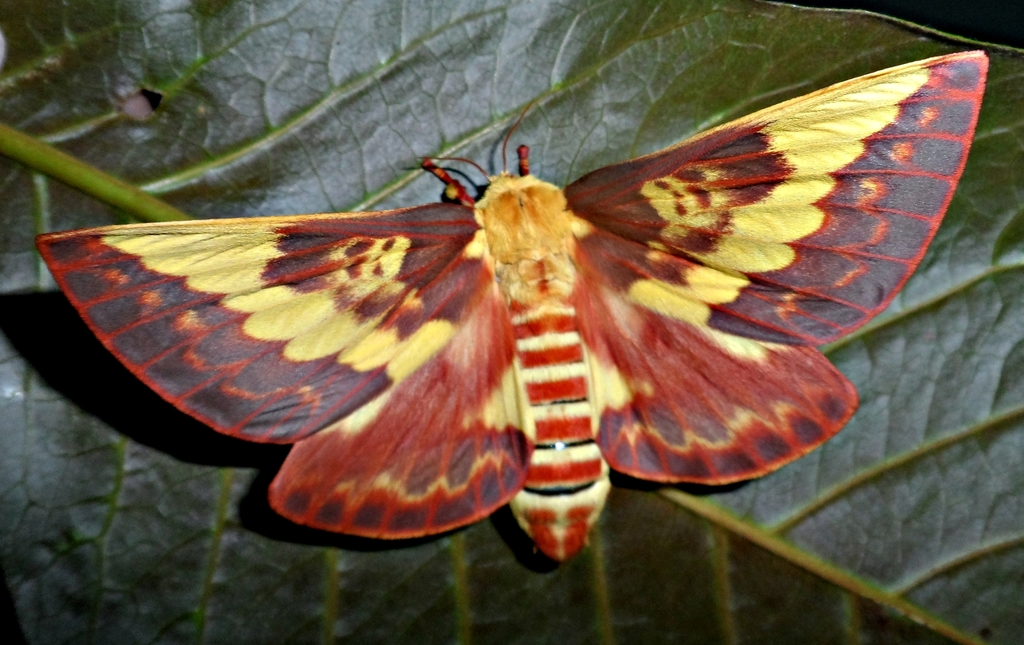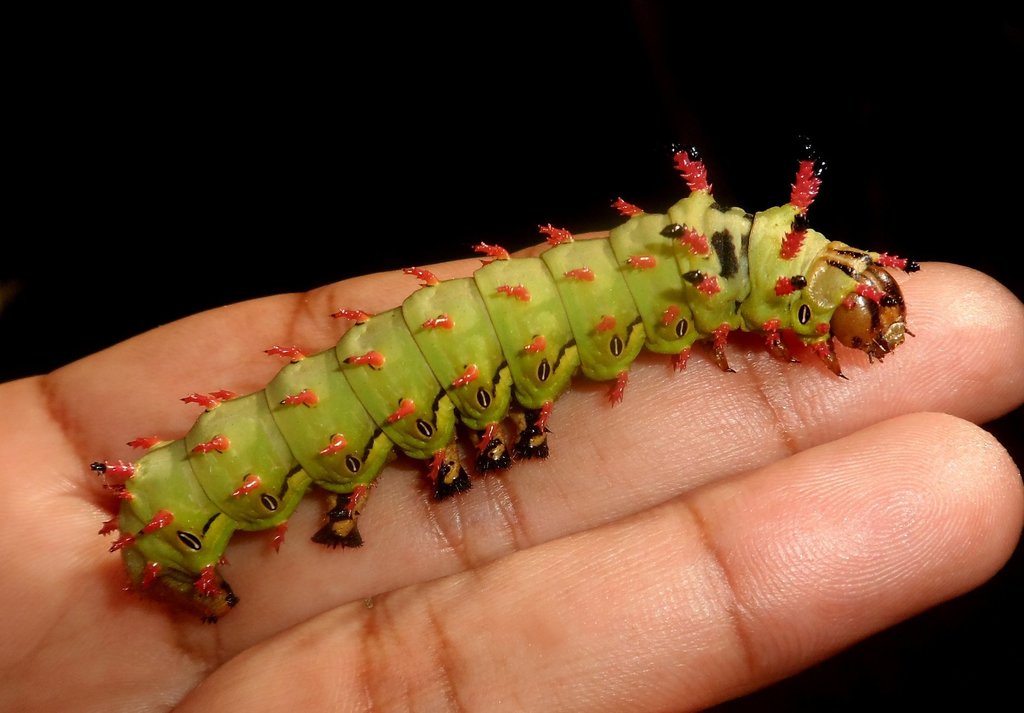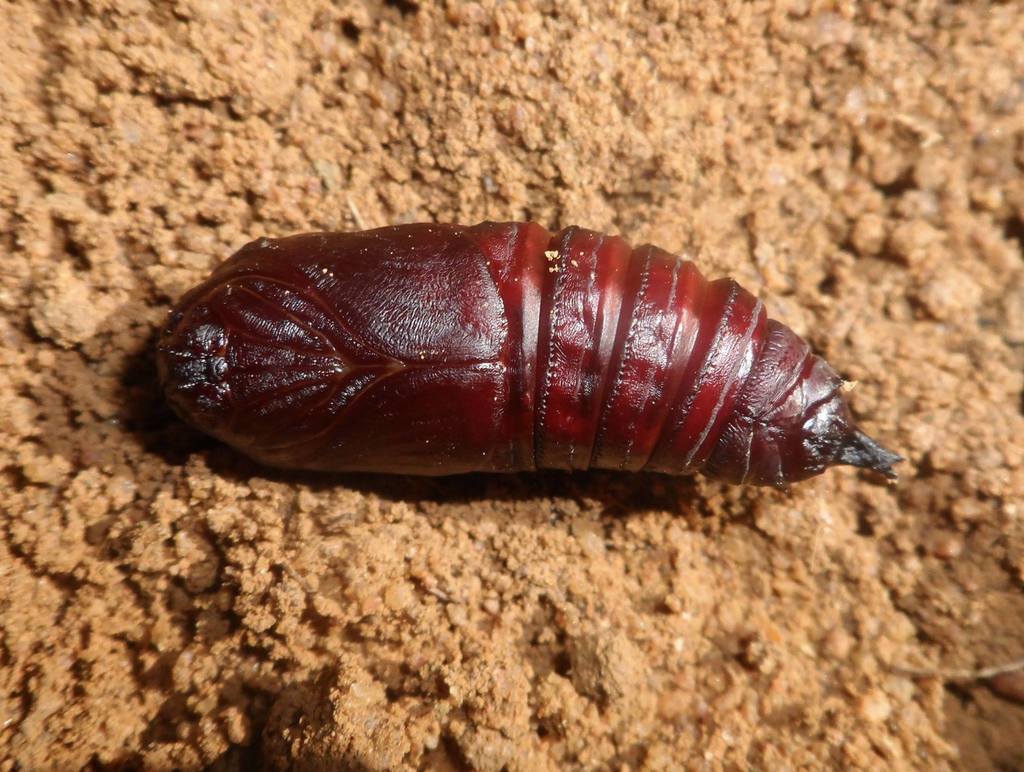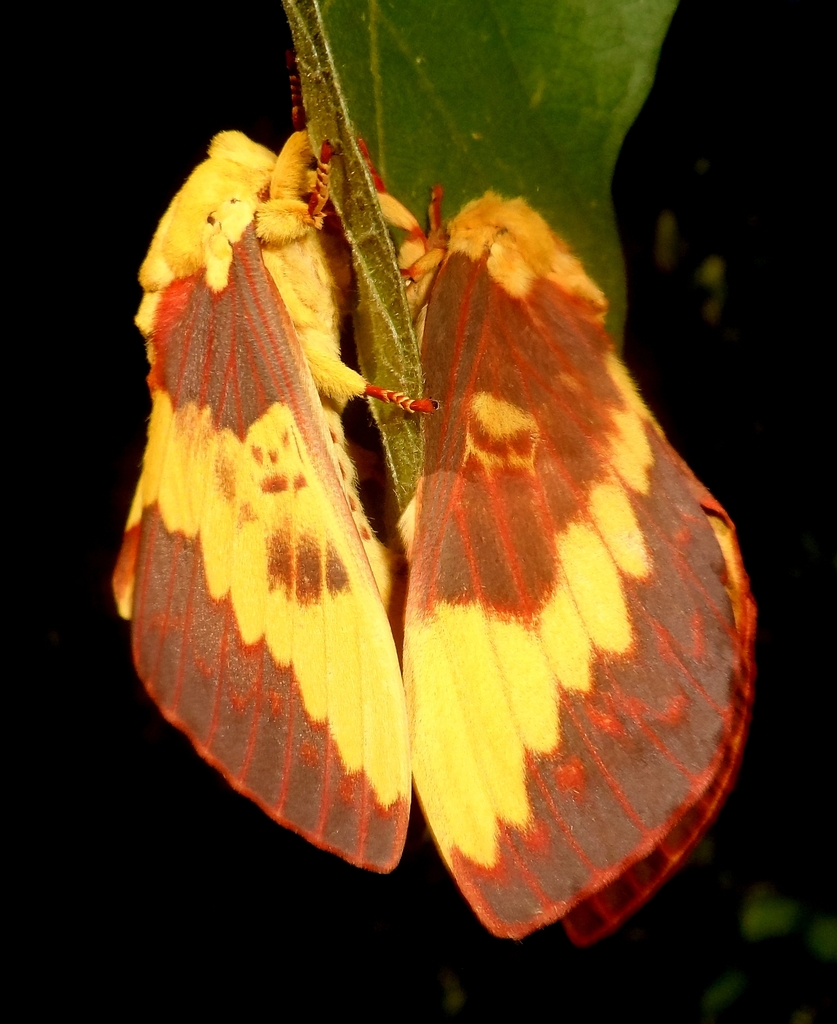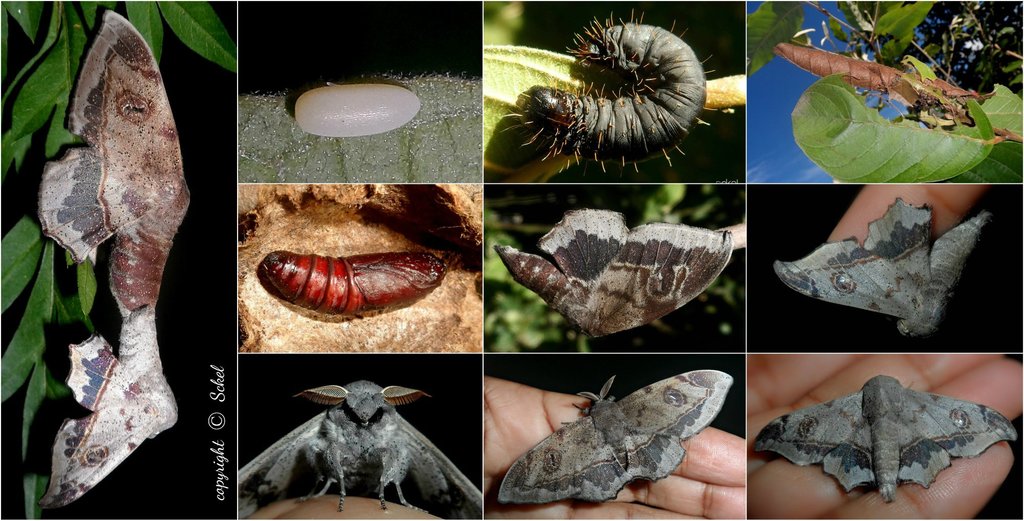Backyard observation - NMW - National Moth Week
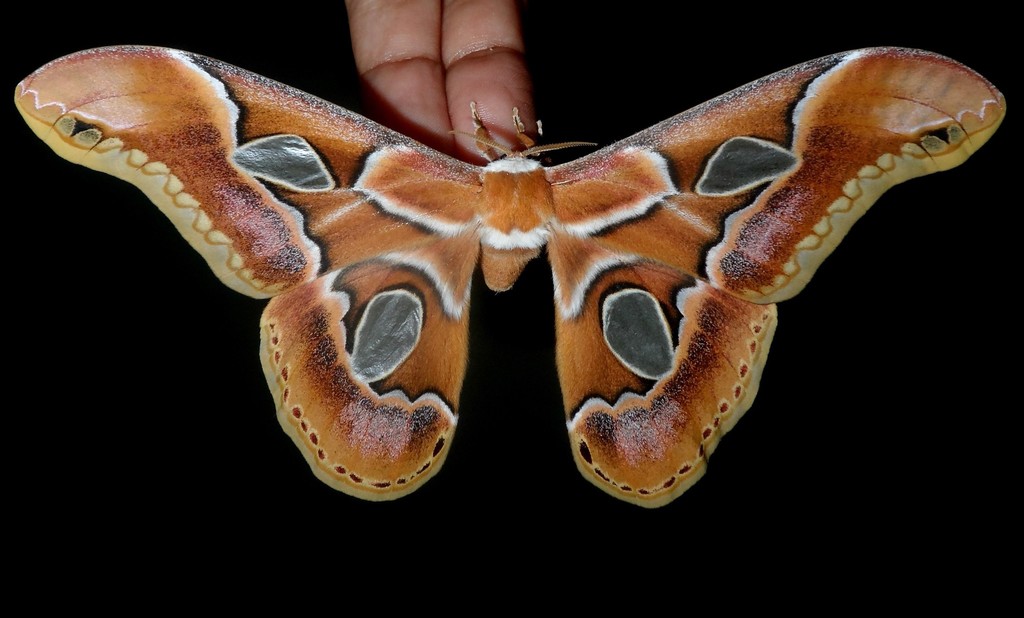
Rothschildia arethusa
É muito emocionante e atraente pensar em uma semana de ciência cidadã dedicada exclusivamente às mariposas. As mariposas são animais fantásticos, misteriosos, enigmáticos e diversos, que podem estar em bosques preservados à parede no alto de um apartamento em uma cidade urbana. Mesmo assim, muitas delas são desconhecidas em suas fases de larvas ou adultos, as pessoas comuns não sabem muito sobre elas, alguns até temem que possam trazer confrontamentos através do contato direto. Particularmente, eu gosto da ideia de pensar em pessoas que vão a seus jardins para assistir mariposas ou lençóis brancos para atraí-las com luz para observação. Louvar a natureza é urgente, em todos os seus aspectos. Este ano pretendo divulgar as mariposas em algumas das minhas redes sociais. Espero que um dia os brasileiros aumentem a conscientização sobre insetos e outros animais negligenciados. Isso é um apelo, porque toda a natureza precisa da nossa voz, e os insetos não estão fora dela. Preenchendo a mente com novas perspectivas, processos mentais que podem começar com curiosidade, que culminam em conhecimento e fluem em respeito e empatia pelos insetos, podem iniciar com a observação no jardim e, agora, temos a internet como mais uma forma inspiradora de fazer isso. Disperse conhecimento.
Translator
It is very exciting and attractive to think about a week of citizen science dedicated exclusively to moths. Moths are fantastic, mysterious, enigmatic and diverse animals, which can be in preserved woods, on the wall on top of an apartment in an urban city. Even so, many of them are unknown in their stages as larvae or adults, ordinary people don't know much about them, some even fear that they may bring up confrontations through direct contact. In particular, I like the idea of thinking of people who go to their gardens to watch moths or white sheets to attract them with light for observation. Praising nature is urgent, in all its aspects. This year I intend to publicize the moths on some of my social networks. I hope that one day Brazilians will raise awareness about insects and other neglected animals. This is an appeal, because all nature needs our voice, and insects are not outside it. Filling the mind with new perspectives, mental processes that can begin with curiosity, that culminate in knowledge and flow in respect and empathy for insects, can begin with observation in the garden, and now we have the internet as another inspiring way to do this.


